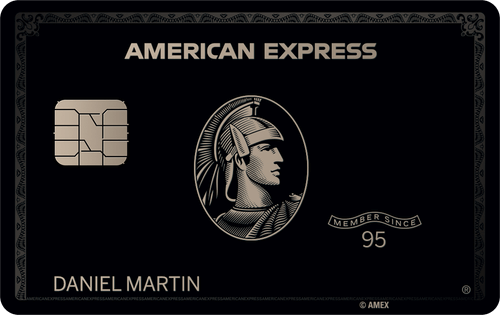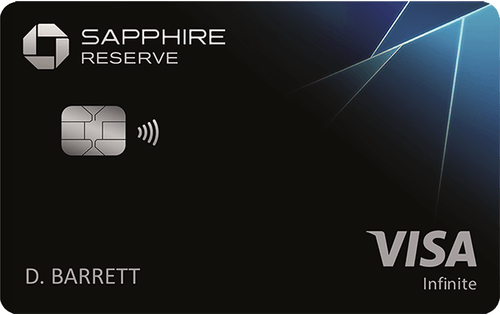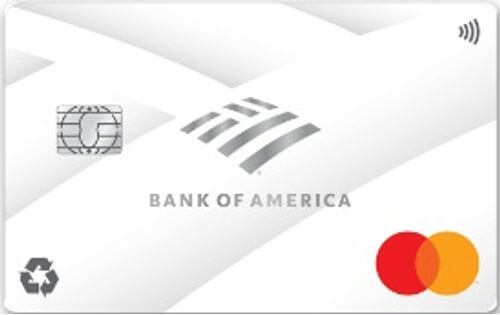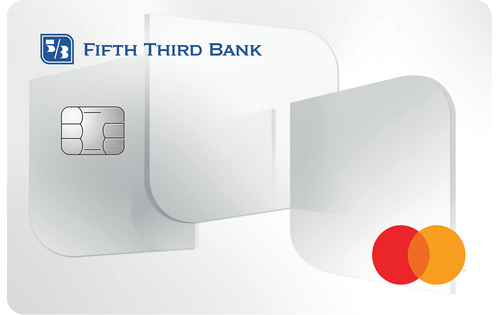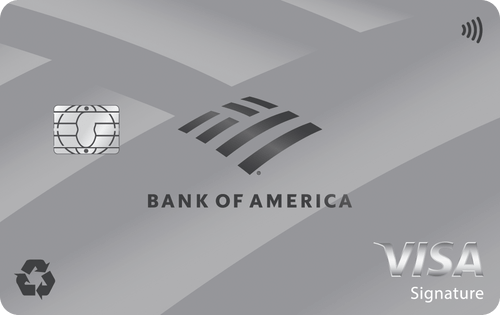Having a “black card” has become a symbol of wealth and status, at least in pop culture. But there are a few different black cards, and the famous one doesn’t even have “black” in its name. It’s actually the American Express Centurion Card, which is black in color and available on an invitation-only basis to people who charge hundreds of dollars per year. So having that black card says a lot about how much money you make and spend.
Having the Mastercard® Black Card, on the other hand, just means that you’re overpaying. After all, that particular black card charges a $495 annual fee and doesn't offer nearly enough rewards to make it worthwhile.
That being said, here’s a recap of some of the most difficult credit cards to get.
Hardest Credit Cards to Get Comparison
| Credit Card | Category |
| Centurion® Card from American Express | Overall |
| Chase Sapphire Reserve® | Rewards |
| Capital One Venture X Rewards Credit Card | Travel |
| Fifth Third 1% Cash/Back Card | 0% APR |
| CoreFirst Bank & Trust Visa Platinum Card | Low Interest |
| Bank of America® Travel Rewards credit card for Students | Students |
| Capital One Spark 2% Cash Plus * | Business |
Ignore Exclusivity & Focus on Terms
Getting approved for an exclusive credit card might seem like a major victory. But is that a game you should even be playing in the first place? Not quite. Your focus in choosing a credit card should always be on its terms – rewards earning rates, fees and APR, in particular. It doesn’t matter what your card looks like or how many people have the same kind. Such things won’t save you money, and no one really looks at your credit card anyway.
So, if you pay your bill in full every month, compare rewards cards in search of an offer that complements your lifestyle. If you have debt you’d like to pay down faster, focus on 0% balance transfer cards and don’t forget to consider the cost of transfer fees. And if you have a major expense coming up, consider cards giving you 0% on new purchases.
Finding the right credit card is only half the battle, though. For tips on responsible credit card management once you have your shiny new plastic (or metal), check out our Guide for Credit Newcomers. You can also review our breakdown of the Biggest Credit Card Mistakes for an idea of what not to do.
Methodology for Selecting the Hardest Credit Cards to Get
To identify the hardest credit cards to get, both overall and by category, WalletHub’s editors compare more than 1,500 credit card offers based primarily on their stated approval requirements as well as customer reviews and card terms.
Particularly attractive rewards, rates, fees, and luxury benefits are a sign of exclusivity, after all, hinting at more difficult underwriting requirements for applicants to pass. With that in mind, we estimate the two-year cost of owning each card and incorporate the results into our final selections.
To ensure that consumers have the latest intelligence on this issue, WalletHub’s editors regularly update their selections based on any new credit card offers that hit the market as well as any significant changes to existing offers.
How Two-Year Cost Is Calculated
Two-year cost is used to approximate the monetary value of cards for better comparison and is calculated by combining annual and monthly membership fees over two years, adding any one-time fees or other fees (like balance transfer fees), adding any interest costs, and subtracting rewards. Negative amounts indicate savings. When fees or other terms are presented as a range, we use the midpoint for scoring purposes.
Rewards bonuses and credits have been taken into account for two-year cost calculations. However, bonuses applicable to only a very small portion of cardholders are not considered. For example, credits and bonuses awarded for spending or redeeming rewards through a company portal with non-co-branded cards have not been taken into account. Similarly, bonuses and credits related to spending with specific merchants using a non-co-branded card have not been taken into account (for example, if Card A offers credits with DoorDash, this feature would not be factored into calculations because it is hard to assess how many cardholders would use the benefit or exactly how much value they'd get from it).
Cardholder Spending Profiles
Given that different users have different goals and are likely to use their credit cards differently, we identified spending profiles that are representative of different users’ financial priorities and behaviors. For each cardholder type, we have assumed a specific amount of monthly spending by purchase type (e.g., groceries, gas, etc.), as well as an average balance, balance transfer amount, amount spent on large purchases and average monthly payment. Spending assumptions are based on Bureau of Labor Statistics data for consumers and PEX data for businesses.
